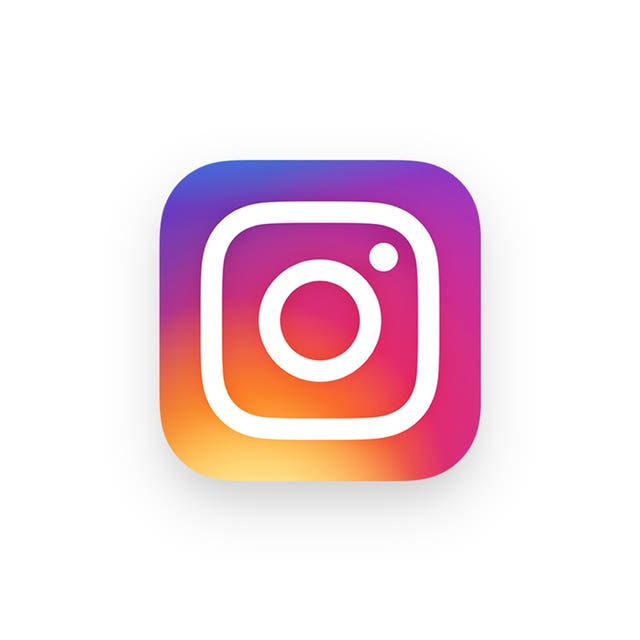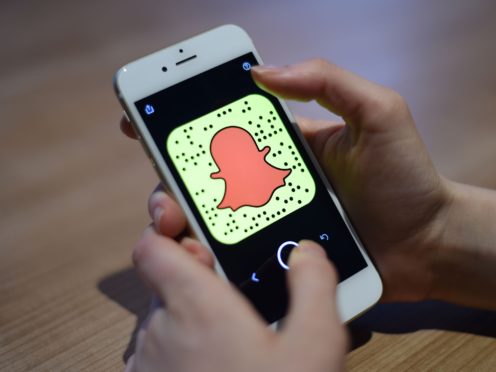Children are using multiple social media profiles to project a “picture-perfect self” as bullying increases online, a report has found.
According to the Ofcom report, the number of children being bullied online and through messages has nearly doubled.
Young people have been found to use multiple social media profiles to project different versions on themselves online and avoid social stigma for their “real self”.
They have been found to use glamorous and flattering filters to look “prettier” online.
UK media watchdog Ofcom has revealed that children are experiences increasing levels of bullying through services such as WhatsApp, and are exposed to more “nasty” material online.
Research has shown the number of children being bullied over message apps and texts doubled from 2017 to 2018.
The report said: “Research shows that some children had multiple accounts on the same social media platform, which had different levels of visibility to their social groups.
“Children posted different content on these profiles depending on who they allowed to see each profile; more visible accounts tended to be more highly curated, showing a ‘picture-perfect’ self, while less visible accounts tended to be used to show their ‘real self’ to more carefully controlled circles of close friends.

“In this way, while some may feel pressure to look attractive or popular on social media, children are finding strategies to still be themselves, at least some of the time.”
While Facebook remains the most popular, Instagram was becoming increasingly popular.
In 2016 the figure stood at around 2% of young teenagers surveyed, aged 12 to 15, reporting being bullied over messages and apps, this rose to 5% in 2017, and almost doubled to 9% last year.
The number of children surveyed who had been bullied on social media has also nearly doubled over two-year period, from 6% in 2016 to 11% in 2018.
Pressures online have led to children to carefully select flattering and “glamorised” Snapchat filters, rather than more childish animal ones which used to be favoured in previous years.
The report said: “These are popular as they are thought to make faces look ‘prettier’ and ‘brighter’.”
Around one fifth of girls reported a need to look popular online “all the time”, compared to only 11% of boys feeling the same constant pressure.
Almost 80% of girls in the 12-15 age-group felt there should be rules in place to stop people saying hurtful things online, for boys this was also high at around 70%.
More than half of the increasingly media-savvy children surveyed said that social media presents an unrealistic and image of people’s lives.
There has been a huge increase in the awareness of so-called “fake news” among young people.
In 2018 73% of 12 to 15-year-olds had heard of fake news, compared to 23% in 2017
